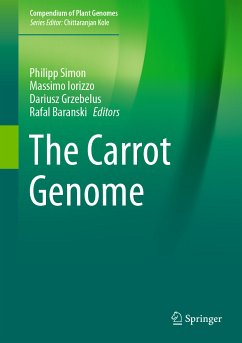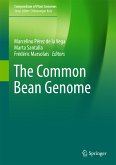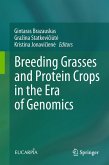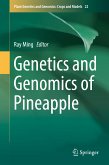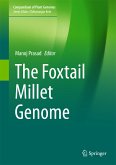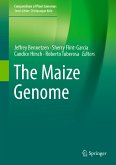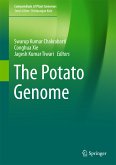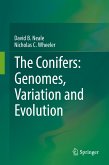This book provides an up-to-date review and analysis of the carrot's nuclear and organellar genome structure and evolution. In addition, it highlights applications of carrot genomic information to elucidate the carrot's natural and agricultural history, reproductive biology, and the genetic basis of traits important in agriculture and human health. The carrot genome was sequenced in 2016, and its relatively small diploid genome, combined with the fact that it is the most complete root crop genome released to date and the first-ever Euasterid II genome to be sequenced, mean the carrot has an important role in the study of plant development and evolution. In addition, the carrot is among the top ten vegetables grown worldwide, and the abundant orange provitamin A carotenoids that account for its familiar orange color make it the richest crop source of vitamin A in the US diet, and in much of the world. This book includes the latest genetic maps, genetic tools and resources, and covers advances in genetic engineering that are relevant for plant breeders and biologists alike.
Dieser Download kann aus rechtlichen Gründen nur mit Rechnungsadresse in A, B, BG, CY, CZ, D, DK, EW, E, FIN, F, GR, HR, H, IRL, I, LT, L, LR, M, NL, PL, P, R, S, SLO, SK ausgeliefert werden.

